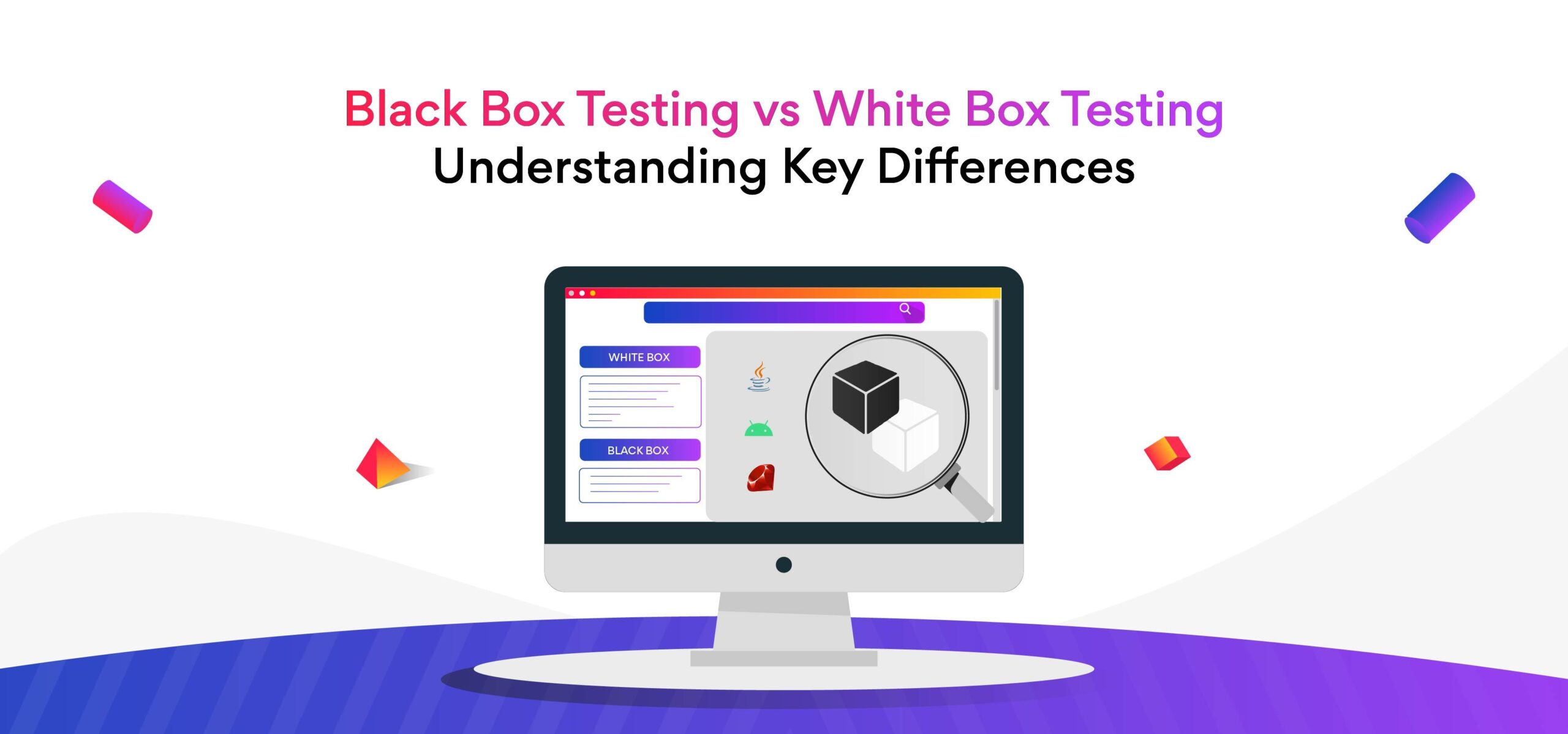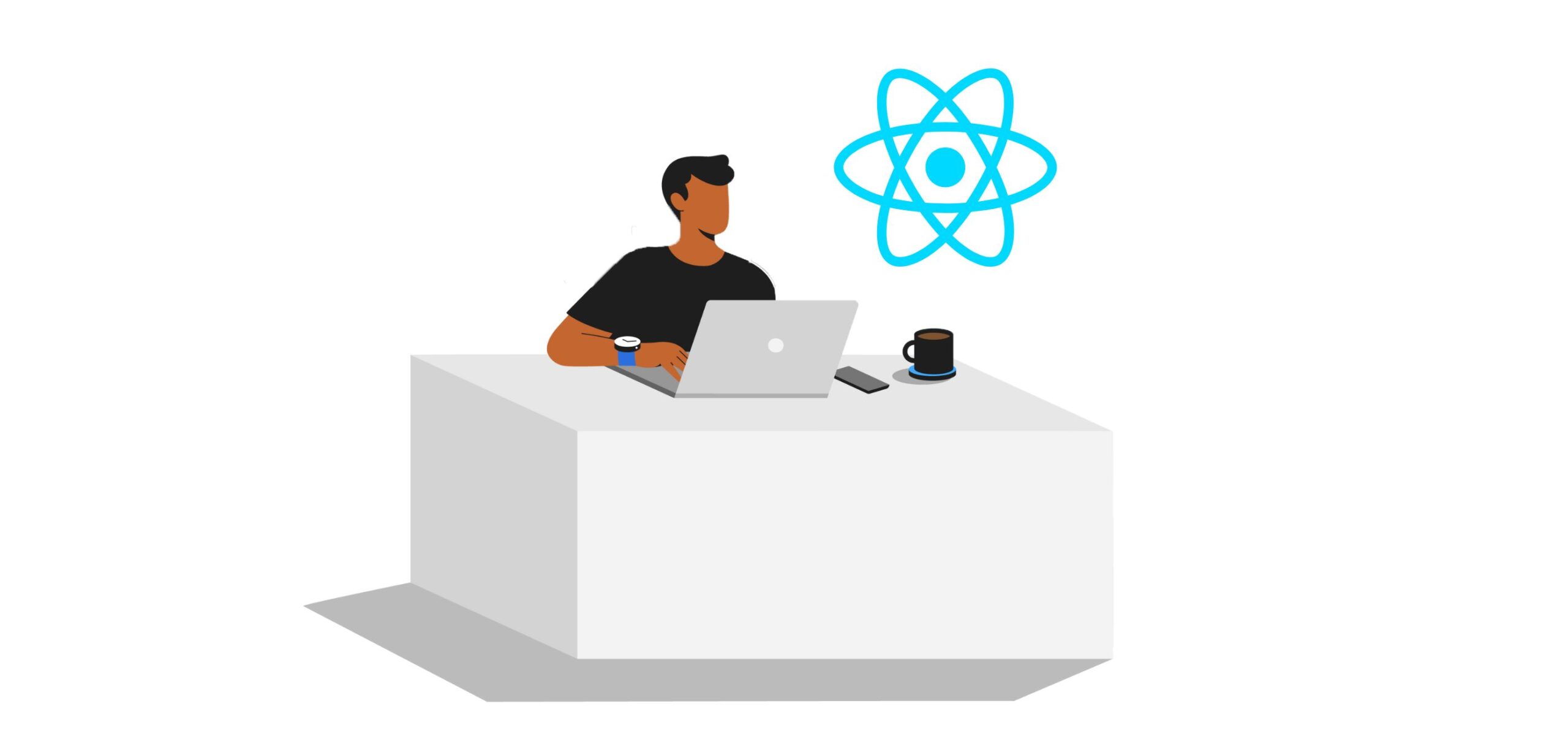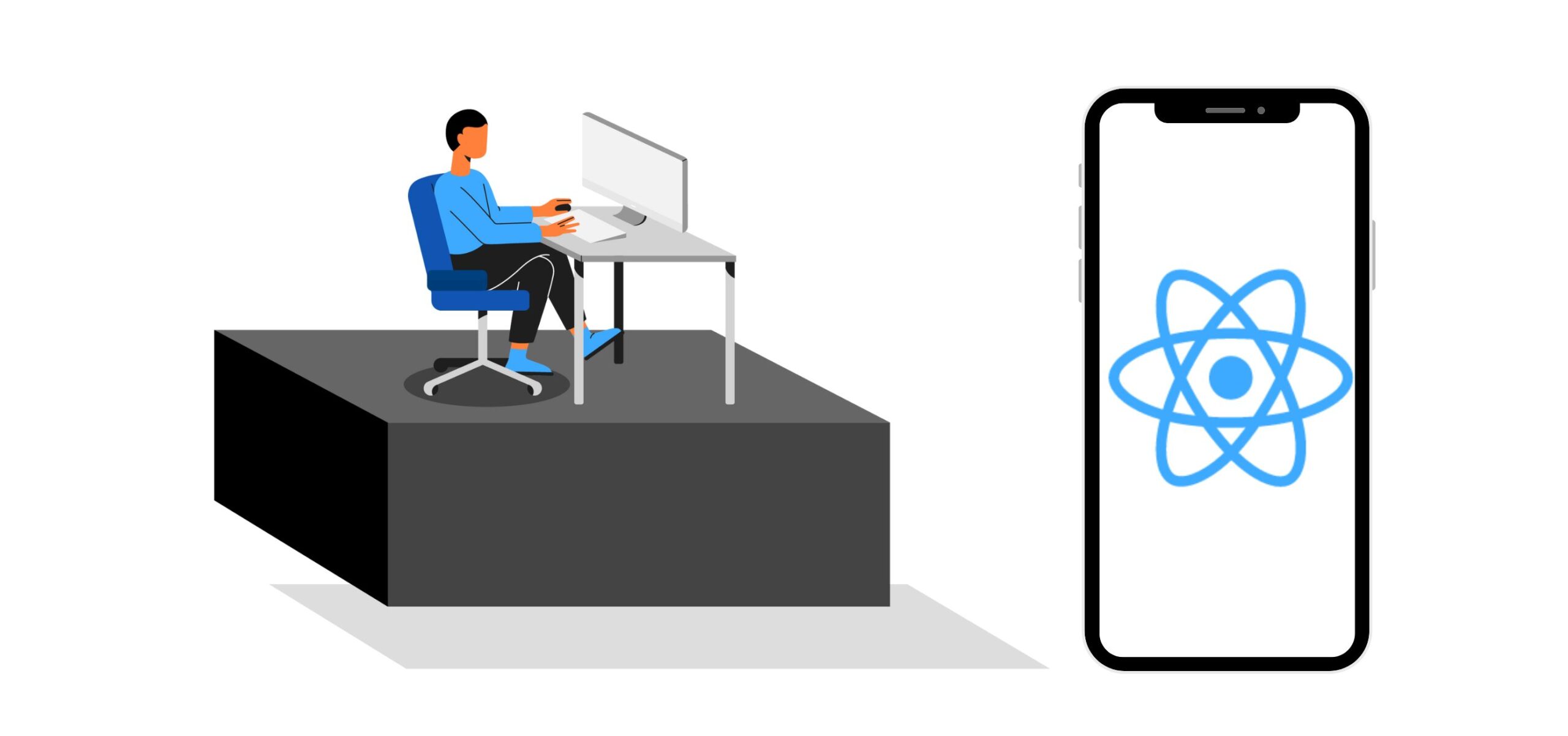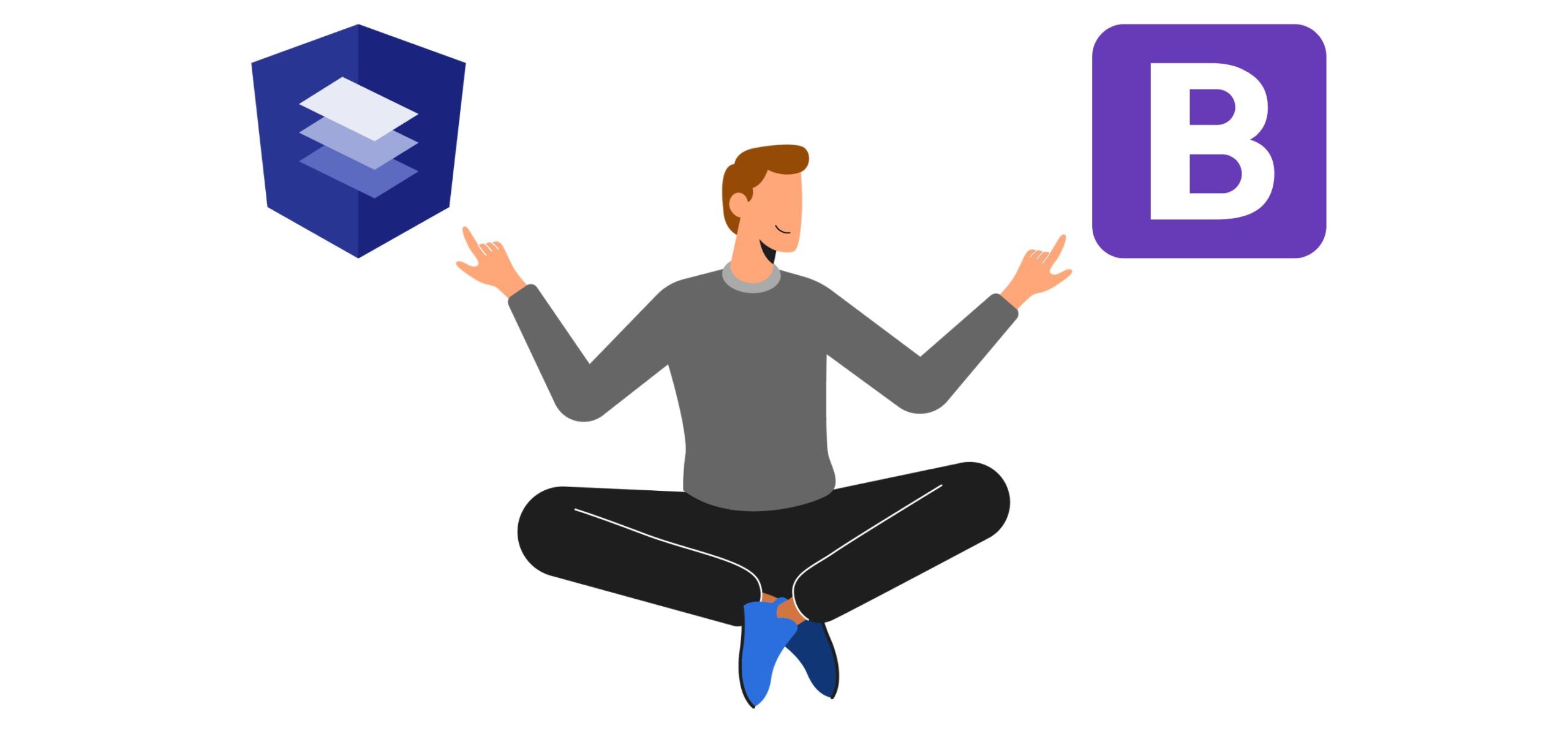Black Box Testing vs White Box Testing: Understanding Key Differences
What is the difference between black box testing vs white box testing? What are common black box testing techniques? What are common white box testing techniques? What are the steps to perform black box testing? What are the different types of white box testing?
Let’s answer all these questions one by one.
What is black box testing?
Black box testing is a testing method wherein the testing team does not know about the internal structure and design of an application. This testing happens by comparing the input value and output value.
Black box testing focuses on understanding user experience and happens post-completion of software applications or products.
What are the steps to perform black box testing?
Steps to perform black box testing include…
- Examine system requirements and specifications
- Create a positive test scenario to check if the system processes requests correctly
- Create a negative test scenario to check the system’s capability to identify issues
- Determine expected outputs for all inputs
- Construct and execute test cases
- Compare outputs with inputs
- Validate the right results and fix persisting issues
What is white box testing?
White box testing is a testing method wherein the testing team examines the internal structure and design of an application. With white box testing, the team checks the data flow from input to output.
White box testing focuses on finding hidden errors and optimizing code for a more efficient software application or product.
What are the steps to perform white box testing?
Steps to perform white box testing include….
- Identification of component, feature, or program for testing
- Mapping all possible paths in a flow chart
- Integrating user journey, use cases, and technical information in a flow chart
- Writing test cases to cover each path in the flow chart
- Testing and checking whether you get the desired outcomes
Related Post: 10 Popular Software Testing Trends in 2024
Black box testing vs white box testing: Key differences
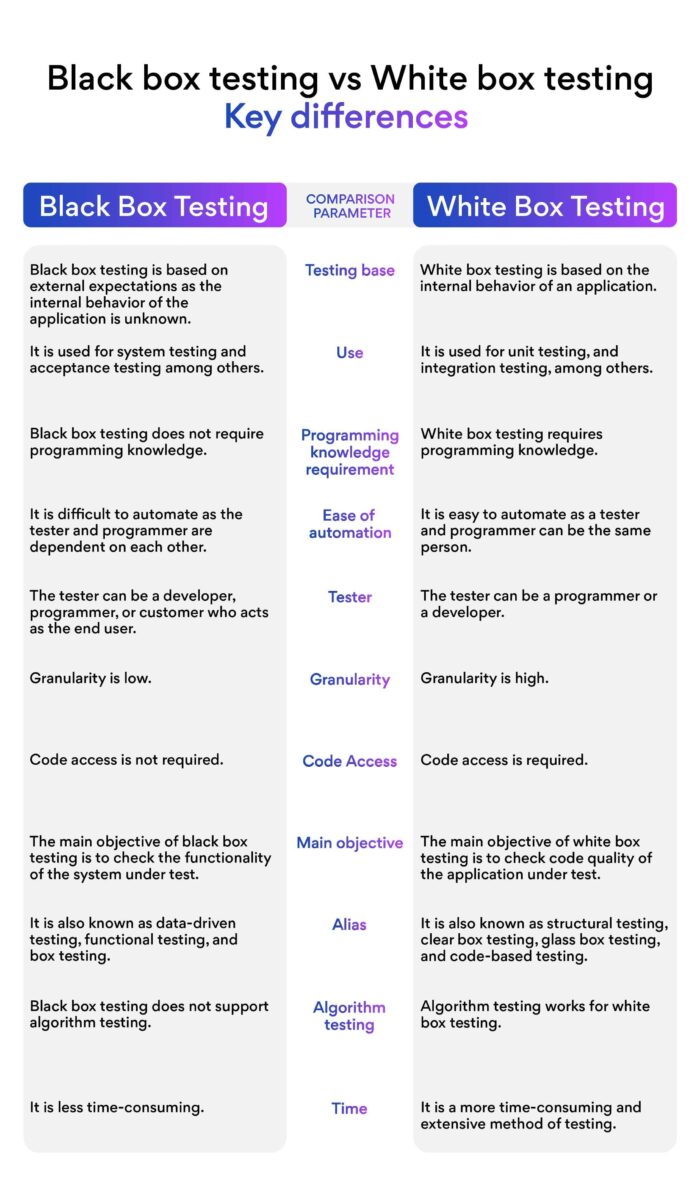
Key differences between black box testing and white box testing
What are some common black box testing techniques?
Common black box testing techniques include …
-
Equivalence partitioning
Equivalence partitioning divides data into partitions of valid and invalid values wherein the partitions exhibit the same behavior. If a condition of one partition is false, then the condition of the other partition should also be false, and vice-versa.
For example, if you create a software function that accepts 6 digits to verify an OTP, then each partition of that function with six digits should be able to check the value. Also, if you enter more or less than six digits, the function should direct the user to the error page. -
Error guessing
Yet another popular black box testing technique is error guessing. This technique involves identifying problematic areas of software with common testing questions. There is no specific method of error guessing. The tester must rely on their experience and test cases for other applications.
Some of the common error-guessing questions include…
Null pointer exceptions
Entering invalid parameters
Dividing by zero
Uploading maximum files to test file limit
Checking buttons without entering values
Blank space in text fields -
Boundary value analysis
Boundary value analysis is among the necessary black box testing techniques that check boundary values that are prone to error. The tester checks whether the software produces the correct output upon entering the boundary value. -
State transition testing
State transition testing uses inputs to check for the desired output. The objective of state transition testing is to see if there is a change in the system during the transition from one state to another.
The tester must analyze transition data and design test cases to probe what happens when the system transitions from one state to another and does not give desired outputs. -
Decision table testing
Decision table testing tests the software system for outcomes produced by different input combinations. By using decision table testing, you can check all the possible conditions necessary for generating the desired output.
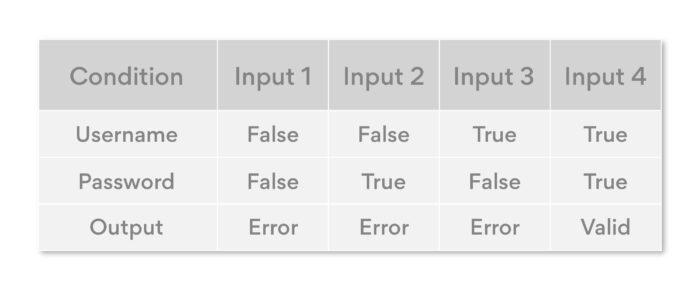
Decision table testing is a popular black box testing technique.
What are some common white box testing techniques?
Common white box testing techniques include …
-
Statement coverage testing
Statement coverage is code inclusion testing that calculates the number of explanations implemented in the source code of an application. Also, it ensures that all statements in the code run at least once.
By using statement coverage as one of your white box testing techniques, you can eliminate dead code and uncover unused statements.
The formula of statement coverage is as follows:
Number of statements implemented / Total number of statements -
Branch coverage testing
The next white box testing technique is the branch coverage testing method. In this technique, the tester identifies all conditional and unconditional branches. Also, the tester ensures that each branch has conditional logic and undergoes unit tests.
For example, A, B, and C are conditional branches if the system implements them upon meeting a condition, whereas D can be an unconditional branch that the system executes every time after executing A.
The formula of branch coverage is as follows:
Number of branches implemented / Total number of branches -
Path coverage testing
Path coverage testing is a structured process that allows the tester to check each line of code. Path testing helps focus on program logic as you can check vital parts of code through cyclomatic complexity and unit tests.
For example, in this code below,
If a > b
// do something
Else
// do nothing
In the above code, the tester will first create a flow diagram by breaking the code into separate statements. After that, the tester will create different paths for outcomes. Finally, the tester will calculate cyclomatic complexity and run a unit test to validate codes.
In the example, the cyclomatic complexity is 2, as a minimum of 2 test cases are necessary to cover all code execution paths.
Related Post: Unit Testing vs Integration Testing: 4 Key Differences Explained
Summary
Black box testing focuses on software behavior, whereas white box testing focuses on the internal functioning of the software. Testers require both testing methods at different stages of product development.
So, organizations must carefully understand the differences between black box testing and white box testing to choose the best testing method for their applications and software.
Are you looking to hire developers familiar with black-box testing and white-box testing?
Try Turing.
Turing helps you hire the top 1 percent of developers in 3-5 days. Companies can choose from a pool of 3 million developers with 100+ skills to find a suitable candidate.
FAQs
1. What are the different types of white box testing?
Different types of white box testing include…
White box penetration testing – In this method, an ethical hacker attacks an application based on knowledge of its code and design.
Unit testing – Unit testing tests all written code to see if it works as expected.
Mutation testing – Mutation testing checks code resilience by making small changes to the code structure.
Integration testing – This method checks integration points in the internal software and external systems.
Static code analysis – This method uses machine learning and predefined patterns to identify issues in static codes.
2. What are the different types of black box testing?
Different types of black box testing include….
Functional testing – Functional testing validates software against functional requirements and specifications.
Non-functional testing – Non-functional testing checks how the system operates rather than the specific functions of the system.
Regression testing – Regression testing checks whether a system behaves differently after updates or code improvements.
Join a network of the world's best developers and get long-term remote software jobs with better compensation and career growth.
